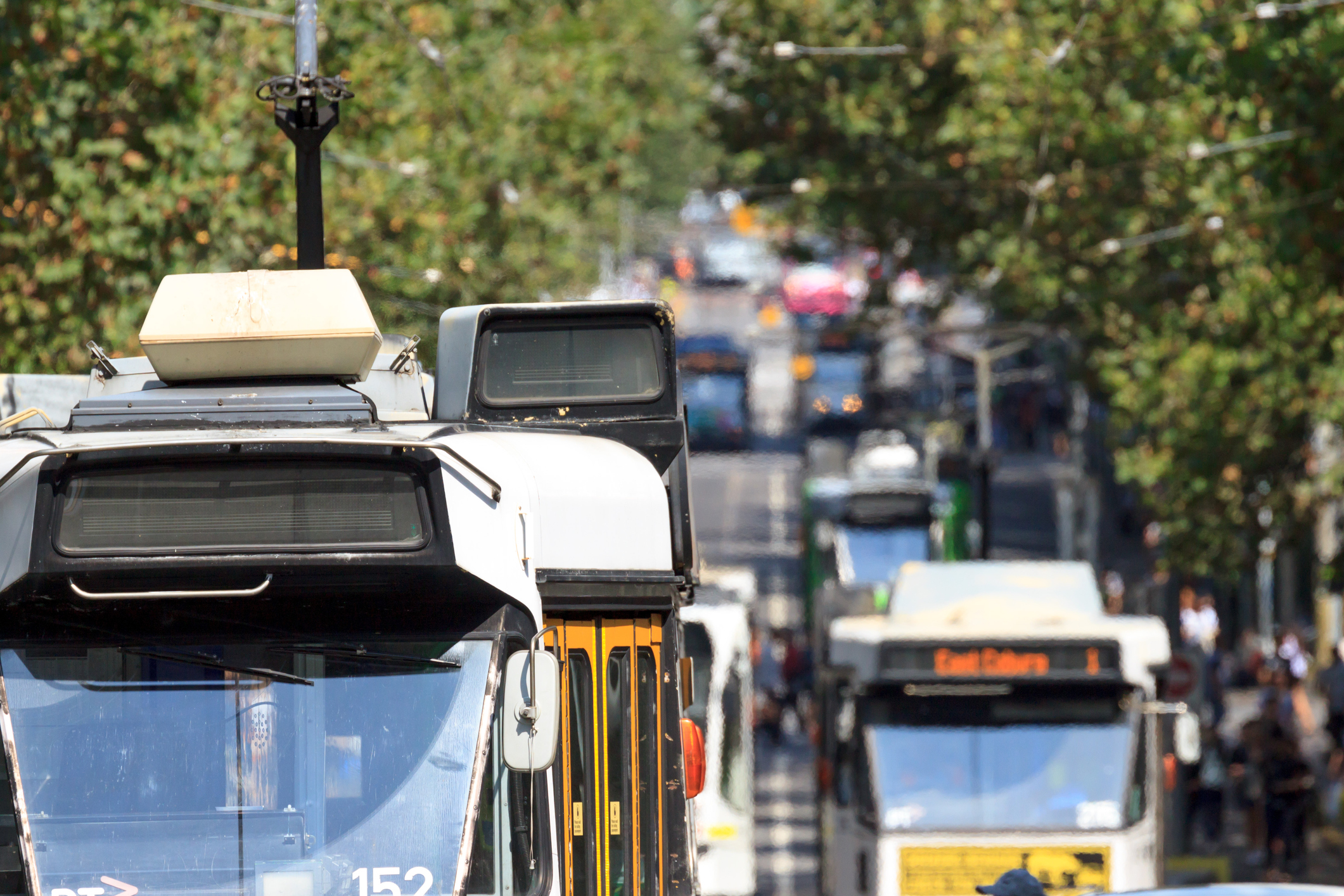Yarra Trams push to drastically increase use of barriers to stop cars driving in tram lanes

Yarra Trams has put forward a proposal to massively expand the use of concrete barriers to keep cars out of tram lanes.
The tram operator has put together a business case calling for an additional 38km of barriers to be outlaid, costing an estimated $42 million.
Under the proposal, St Kilda Road, Flinders Street, Elizabeth Street, Racecourse Road and Bridge Road would have separating barriers permanently introduced or expanded.
Councillor Nicolas Frances-Gilley, head of City of Melbourne’s transport portfolio, said the idea has merit.
“There are 1000 accidents a year with trams hitting cars, that’s three a day,” he told Neil Mitchell.
Councillor Frances-Gilley admitted motorists may be delayed if the plan goes ahead, but said the benefit to tram users outweighs the detriment expected for motorists.
“In terms of people that are coming into the city about three times as many are coming in on public transport as in vehicles,” he said.
“If one car breaks down it’s one person, if one tram breaks down or is holding up five trams, it’s thousands of people.
“If you have a car that turns into a tram then the tram hits it, then you’ve got one tram, two trams, maybe three trams built up until the car and the tram are sorted out. That can obviously mean that thousands of people … are just sat on the tram tracks.
“We have the largest [tram] network in the world but it’s also the slowest.”
Press PLAY below for more.
Image: Karn Bulsuk / EyeEm















